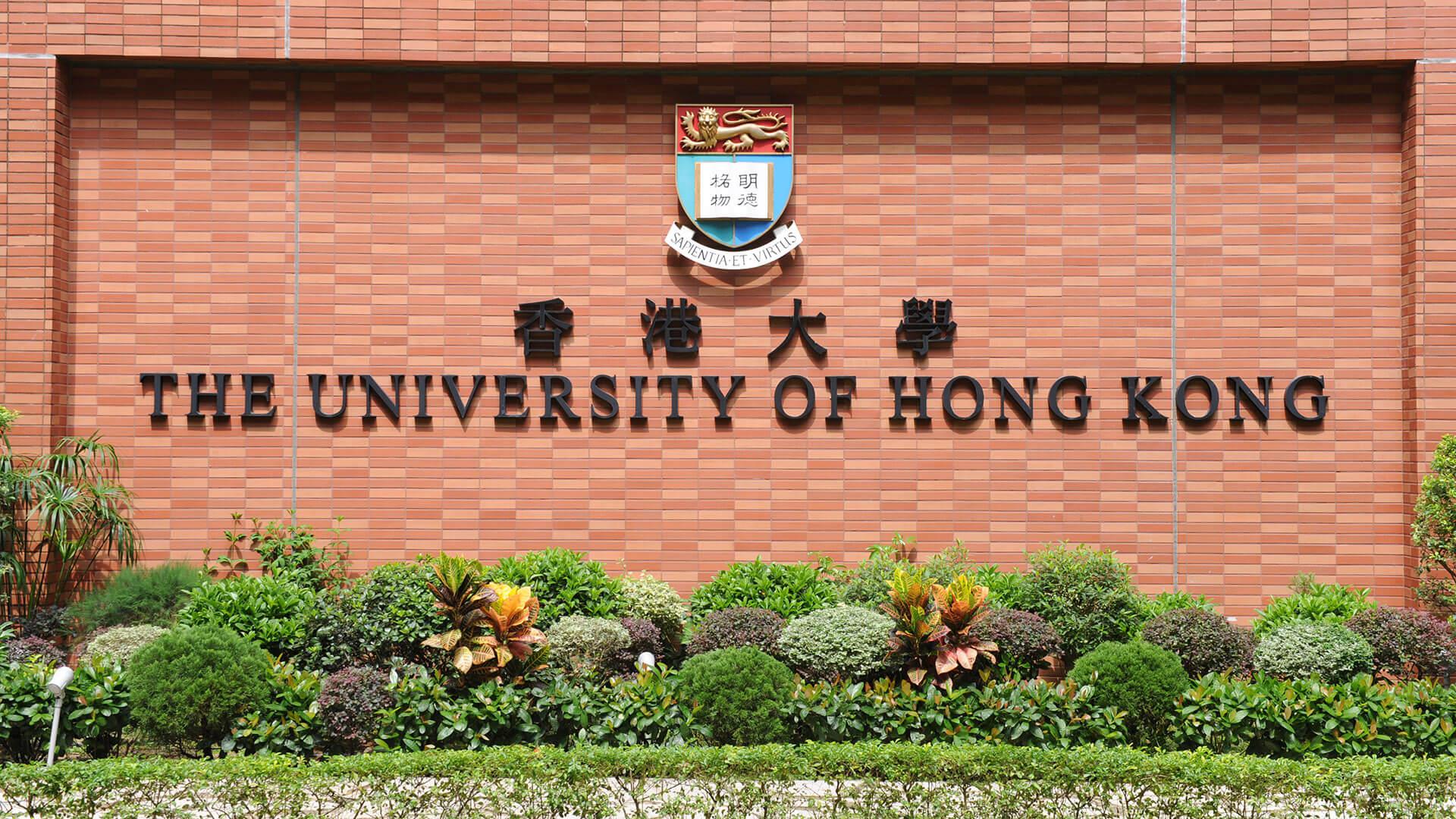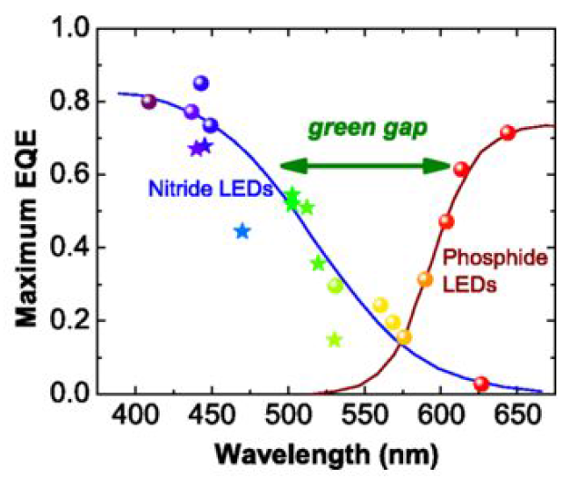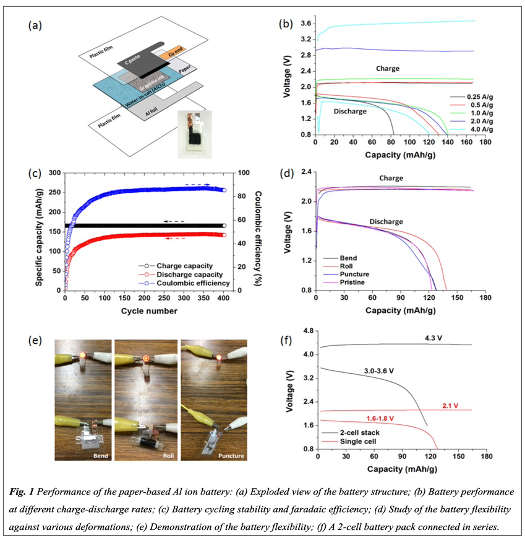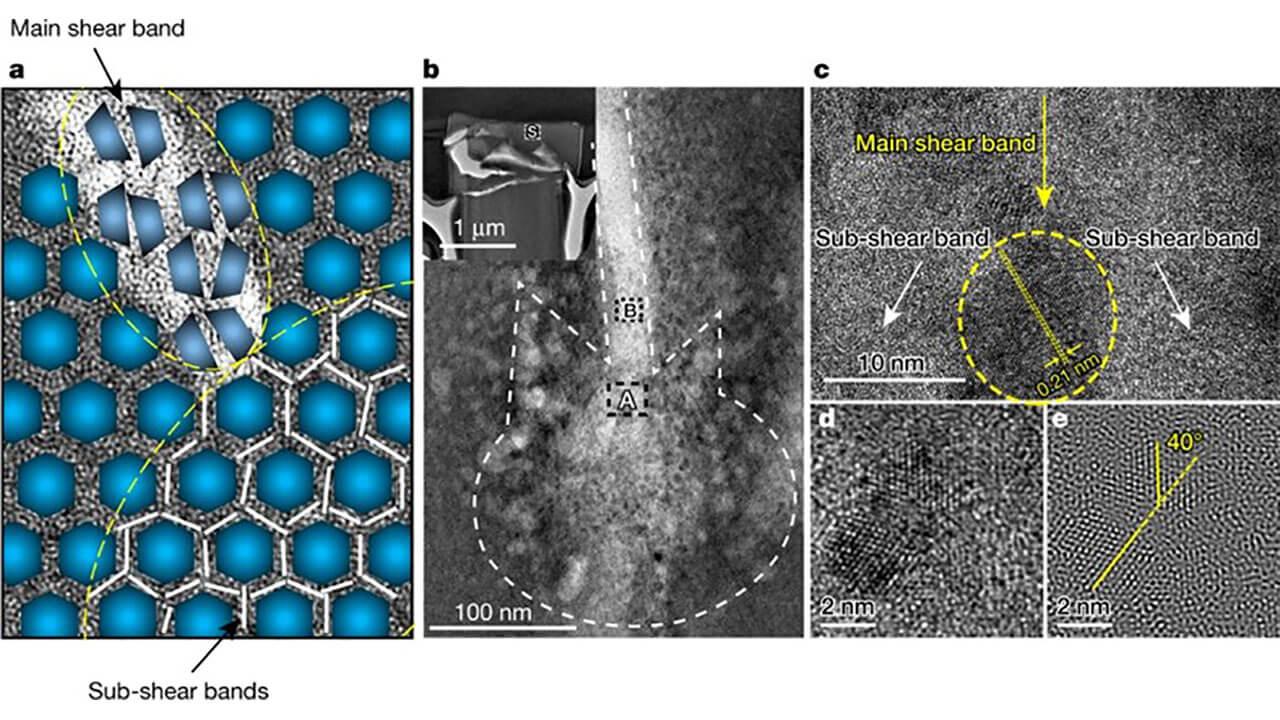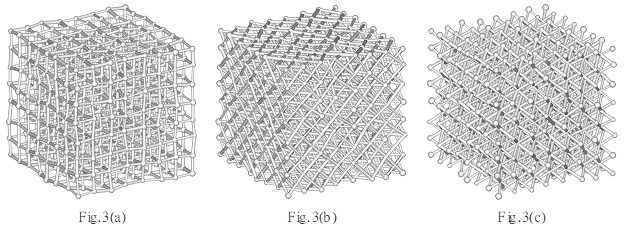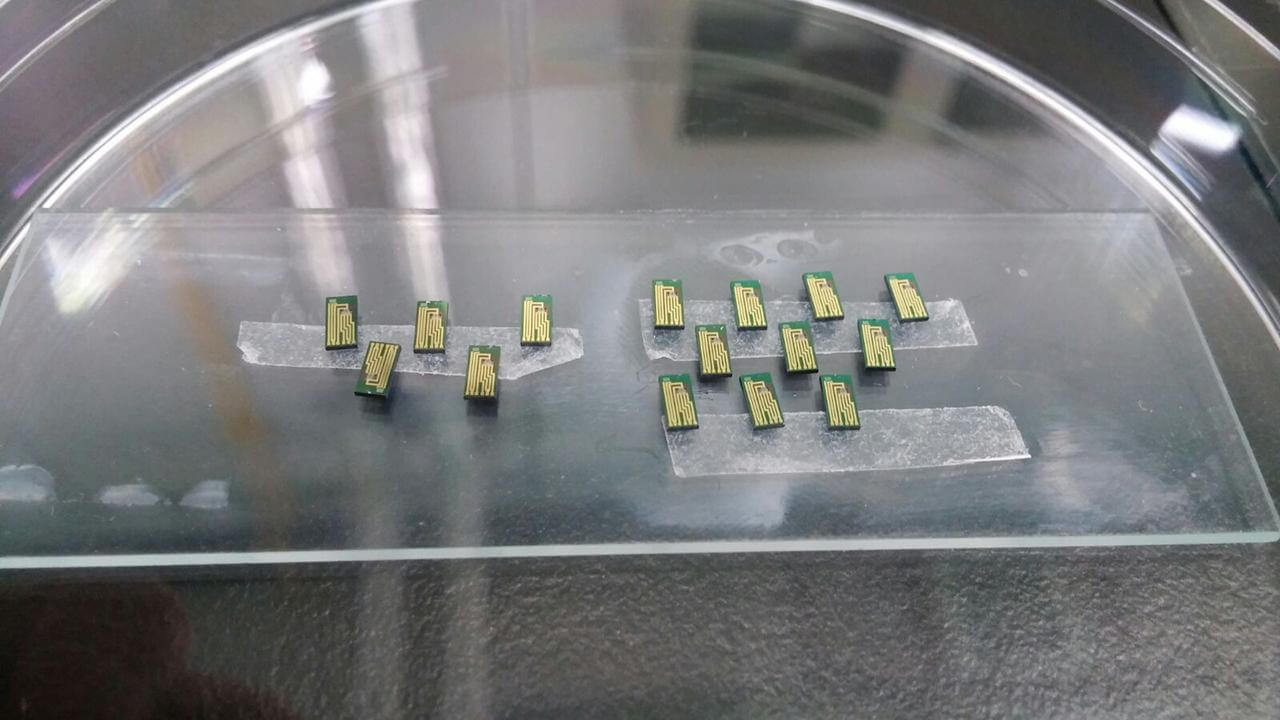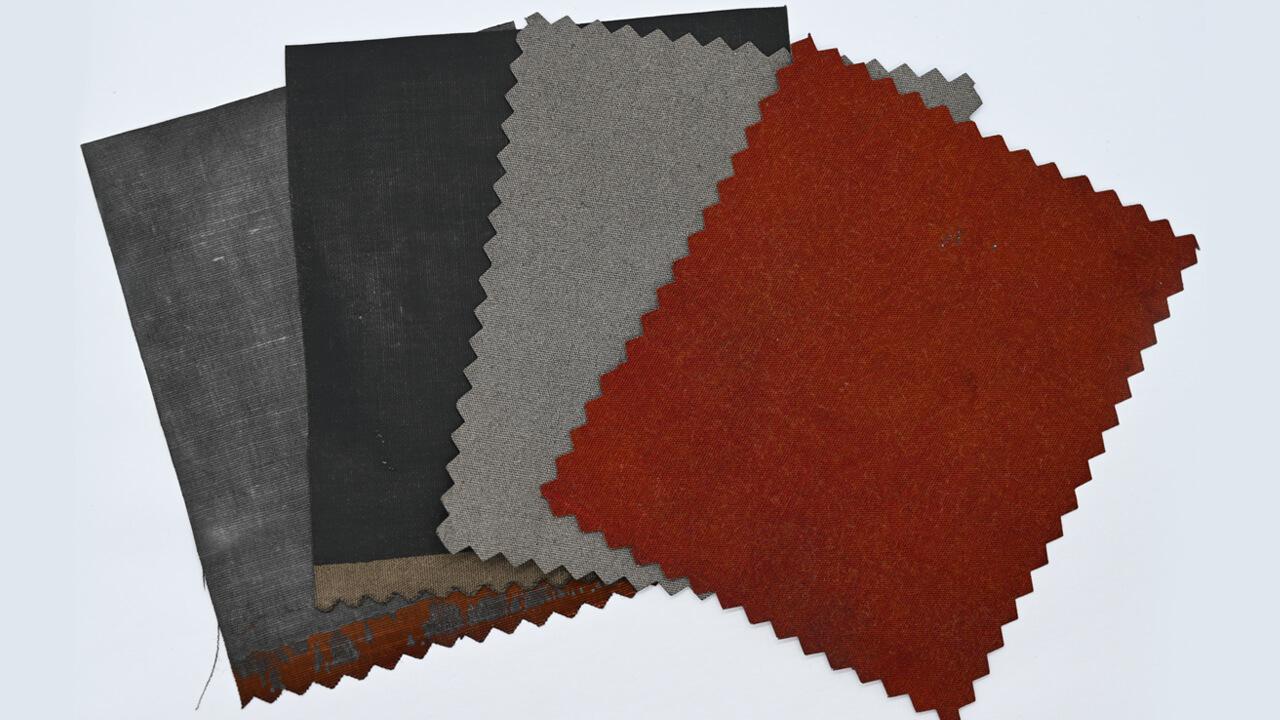
Red-Shifting LED for Monolithium Full-Colour Display and Phosphor Free White LED

White light LED is one of the key application in solid-state lighting. Coventionally, phosphor is used to convert some blue light into yellow light and produce white light.
An durable, cost reducing, and efficient multi-wavelength light-emitting device
- By depositing a layer of Indium Tin Oxide (ITO) on LED wafer followed by subsequent annealing, the process changes the emmissive properties of the wafer and result in a spectral red-shift.
- The design enables a LED wafer with low emission wavelength and thus higher efficiency to be red-shifted, and can avoid growing directly high Indium content LED wafer to retain a high efficiency
- By selecting the emissive regions, it is able to achieve monolithic multi-wavelength LED, such as monolithic full-colour display and phosphor free white LED
- Lower cost LED manufacturing
- Color rendering could be improved by bridging the green gap between Nitride based LED and Phosphide based LED
- Higher IQE
Founded in 1911, The University of Hong Kong (HKU) is the first and oldest institution of higher education in Hong Kong. For over a century, the University has dedicated itself to creating knowledge, providing education, and serving society. Today, HKU has an established worldwide reputation for being a research-led comprehensive University with ten Faculties and a strong commitment to intellectual freedom, liberty and diversity. HKU has a proud record of academic recognition in researches through honours and awards received from both local and international bodies.
